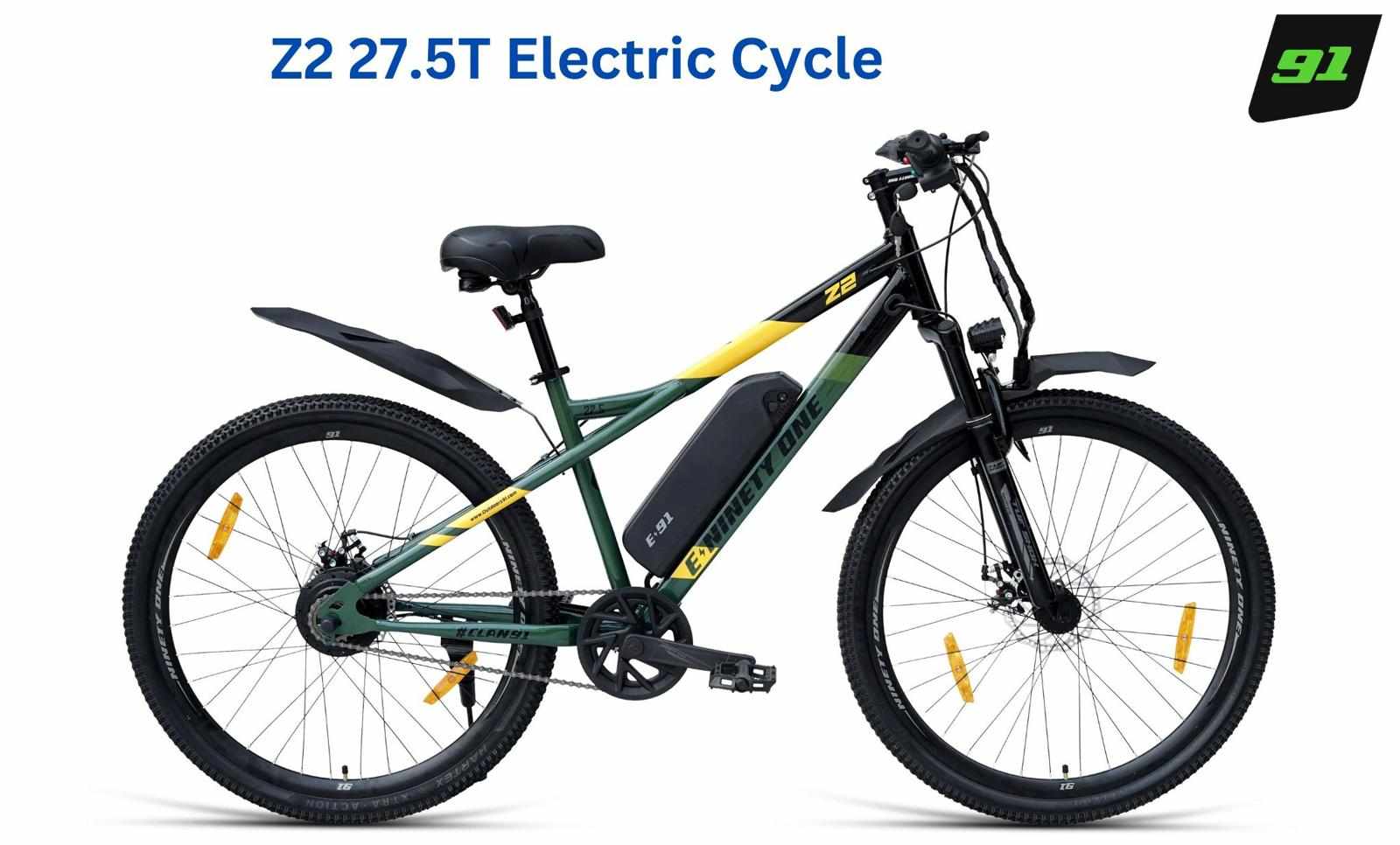
Riding an electric scooter is a convenient and environmentally beneficial way to get around, but wet weather can make the roadways more dangerous. Rain, puddles, and slick surfaces enhance the possibility of losing control, resulting in dangerous slips and skids. If you routinely bike in damp circumstances, you should take extra care to safeguard your safety. Here are some helpful guidelines for riding your electric scooter india safely on rainy roads.
1. Select the Right Tires
The type of tires on your electric scooter affects traction and stability. Pneumatic (air-filled) tires provide a stronger grip on wet conditions than solid tires. If your scooter allows, choose wider tires with deep tread patterns, which help dissipate water and keep a firm hold on the road. Regularly check your tire pressure to ensure it is at the correct range, as underinflated tires will limit traction.
2. Slow Down and Ride Cautiously
Speeding on wet surfaces raises the risk of losing control. When cycling in the rain, slow down and allow extra time to respond to obstructions or sudden stops. Avoid performing sharp twists or aggressive maneuvers, which might cause skidding. A slow and steady approach can help you stay stable and avoid accidents.

3. Brake Gently and Gradually
Braking quickly on a wet surface might cause your wheels to lock up, resulting in a skid. To avoid this, use the front and rear brakes gently and gradually. If your scooter includes regenerative braking, be aware that it may respond differently in rainy situations. If possible, test your brakes at a safe location before embarking on a ride.
4. Avoid Puddles and Slippery Surfaces
Puddles may appear harmless, but they might disguise potholes, debris, or uneven surfaces, causing you to lose control. Avoid biking through puddles whenever feasible. Also, be aware of slippery surfaces like metal grates, painted road lines, and falling leaves, which can be especially dangerous when wet.
5. Use the Right Protective Gear
Wearing the appropriate clothing can protect you in the event of a fall. A helmet is required for all rides, but in wet weather, consider wearing gloves, knee pads, and elbow pads. Waterproof gear and shoes with adequate traction can help you stay dry and stable on your scooter.
6. Be Visible to Others
Rainy weather frequently limits visibility for both riders and other road users. Wear luminous clothing or accessories to increase your visibility. Most e scooter have built-in lights, but consider adding additional front and rear lights or reflective strips to improve visibility in low-light circumstances.
7. Check Your Scooter’s Water Resistance Rating
Not all the best electric scooters are suitable for damp situations. Check your scooter’s IP (Ingress Protection) rating to see how resistant it is to water. While some models may withstand minor rain, others may sustain electrical damage if exposed to too much moisture. If your scooter is not water-resistant, avoid riding in heavy rain and always properly dry it after each trip.

8. Maintain Your Scooter Regularly
Regular maintenance ensures that your scooter stays in top shape. Check your tires, brakes, and lights regularly, especially after riding in wet conditions. Dry up any water that has accumulated on the scooter to avoid rust and electrical difficulties. To prevent wear and tear, oil any chains or moving parts on your scooter.
9. Plan Your Route Wisely
Before you leave, plan your route and select routes that are well-paved and have few barriers. Avoid places with high traffic or steep slopes, as these might be more difficult to traverse in wet circumstances. If the weather becomes too harsh, seek shelter and wait for circumstances to improve.
10. Learn When to Avoid Riding
Sometimes the safest solution is to forgo riding entirely. If there is severe rain, strong winds, or icy conditions, it may be advisable to postpone until the weather improves. Safety should always be the primary priority, and if the conditions are too risky, consider using an other form of transit.
Conclusion
Riding an electric scooter in damp conditions needs extra care. At Ninety One, safety comes first. To limit the chance of slipping, use the appropriate tires, ride at a safe speed, and brake gently. Avoid hazardous terrain and keep your scooter in good condition. Wearing the proper gear provides extra protection. Most importantly, always check the weather before leaving and understand when it’s best to avoid the road. By taking these steps, you will be able to ride your electric scooter safely on wet roads. Keep safe and enjoy the ride with Ninety One!
















Write a comment ...